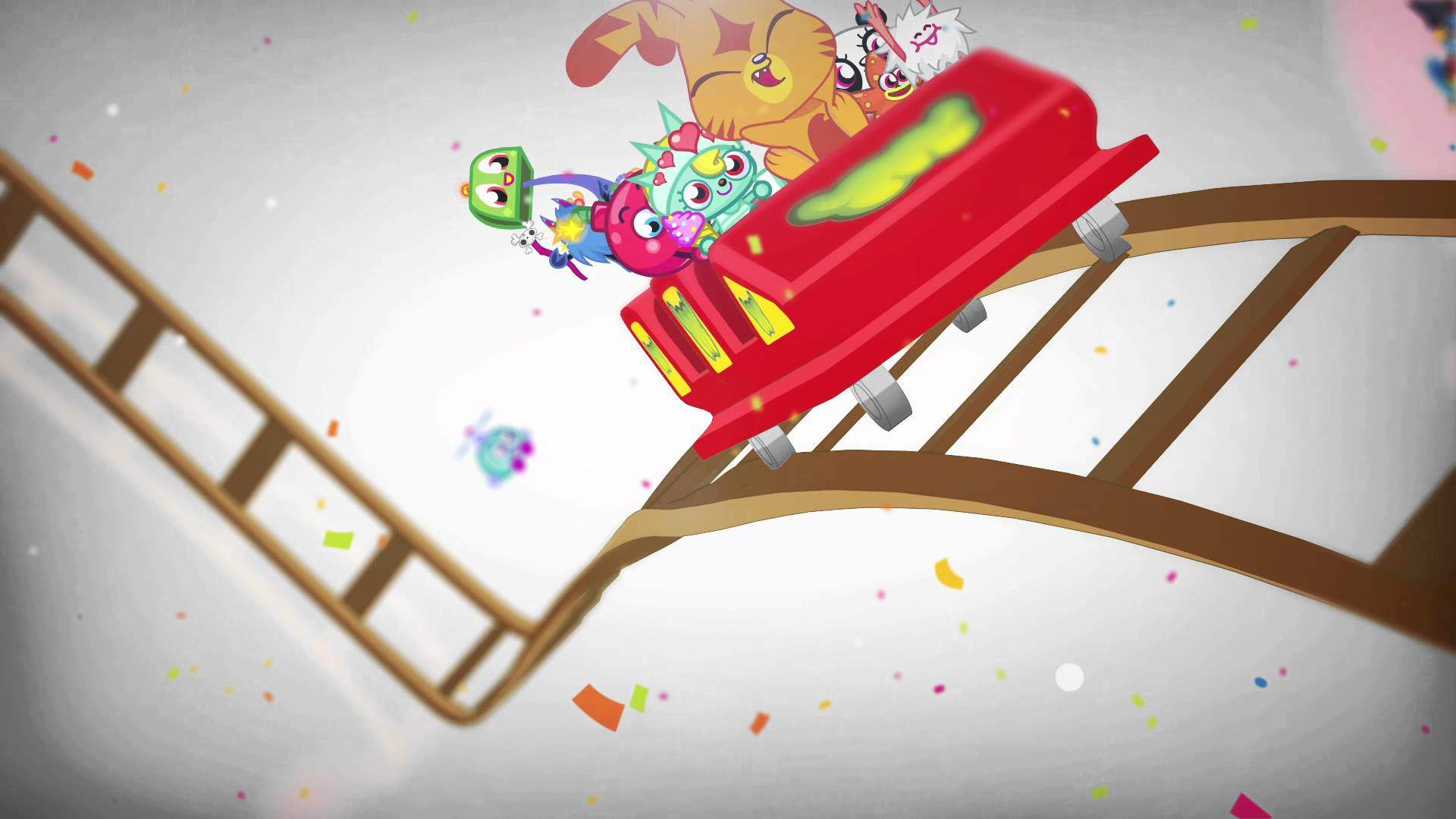Sound design for animated film
Animation is one of the most creative artforms in the world today. With the limits being only the boundaries of the designers imagination, the possibilities are endless.For the sound designer in a recording studio, this presents a unique challenge – to create sounds that often could not occur in the real world, or adapt real-world sounds to suit the animation. Sound design for animation is one of the more exciting and challenging jobs I do.
Sound selection for animation
For example, if you look at the opening sequence in our (predominantly Moshi Monsters based) animation reel, the second shot is of a rollercoaster track being laid around in the air before a rollercoaster cart jumps on and starts riding along the track. What would this sound like?Try turning the speakers off and see if you can imagine the sound this would make. Part of the reward of designing sound for animation is solving these sonic riddles. The animation comes in silent, so the sound designer is left to play the scenes over and over in their head until the “eureka moment” where the “right” sounds comes to them. Sometimes it is a process of experimenting with real world sounds to see what kind of sound fits the piece.
The “right” sound for animation
The “right” sound may not be the sound you’d expect – you’d be surprised how many gear change sounds in a car chase are thumps of car doors closing rather than the often weak sound of an actual gear lever. Designing sound for animation, or indeed any sound design is about invoking the right feeling, the right emotion in the viewer, and using whatever sound works to do so.In our rollercoaster, the right sound turned out to be that of the chains of a drawbridge going through the drawbridge mechanism. That recording was loaded into a sampler so I could manipulate the pitch of the sound, and the pitched up and down and panned left and right to follow the on-screen animation.
Finding animation sound effects
Some sounds are supplied by clients, some are created, and others are recorded especially for the piece. Often we’ll have some sounds for a character but not others, so character voices and sounds will be recorded and manipulated in the computer to match, mimic or extend the range of sounds available.Conclusion
There’s seldom any “that will do” moments when designing sound for animation. If it’s not right, it’s not right. But you’ll know when it is.For more information about how I can help design the sound of your animation or indeed live action piece, get in touch.
Peter Rolls
Sound Designer
Wimbledon Sound

